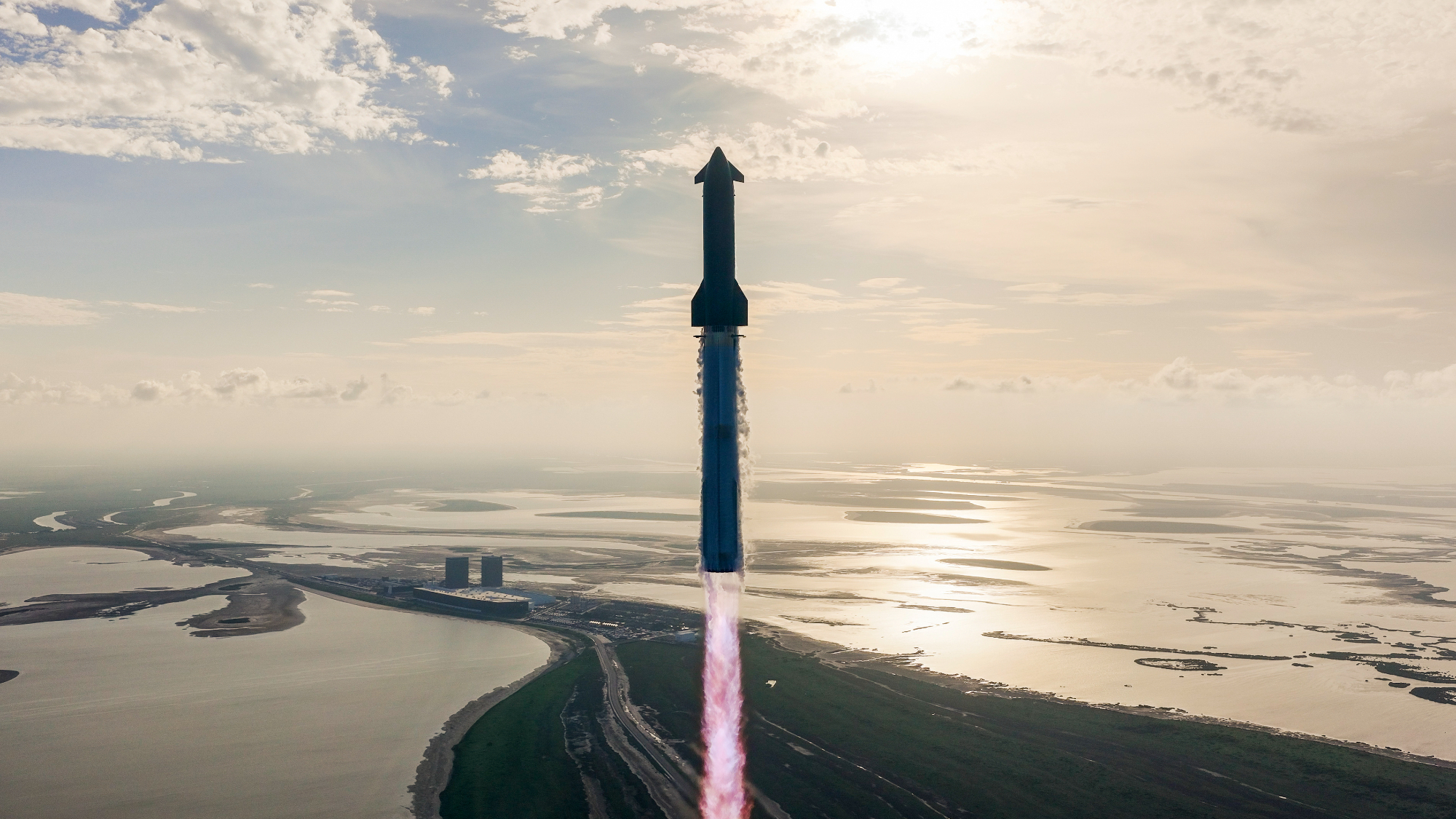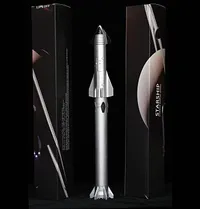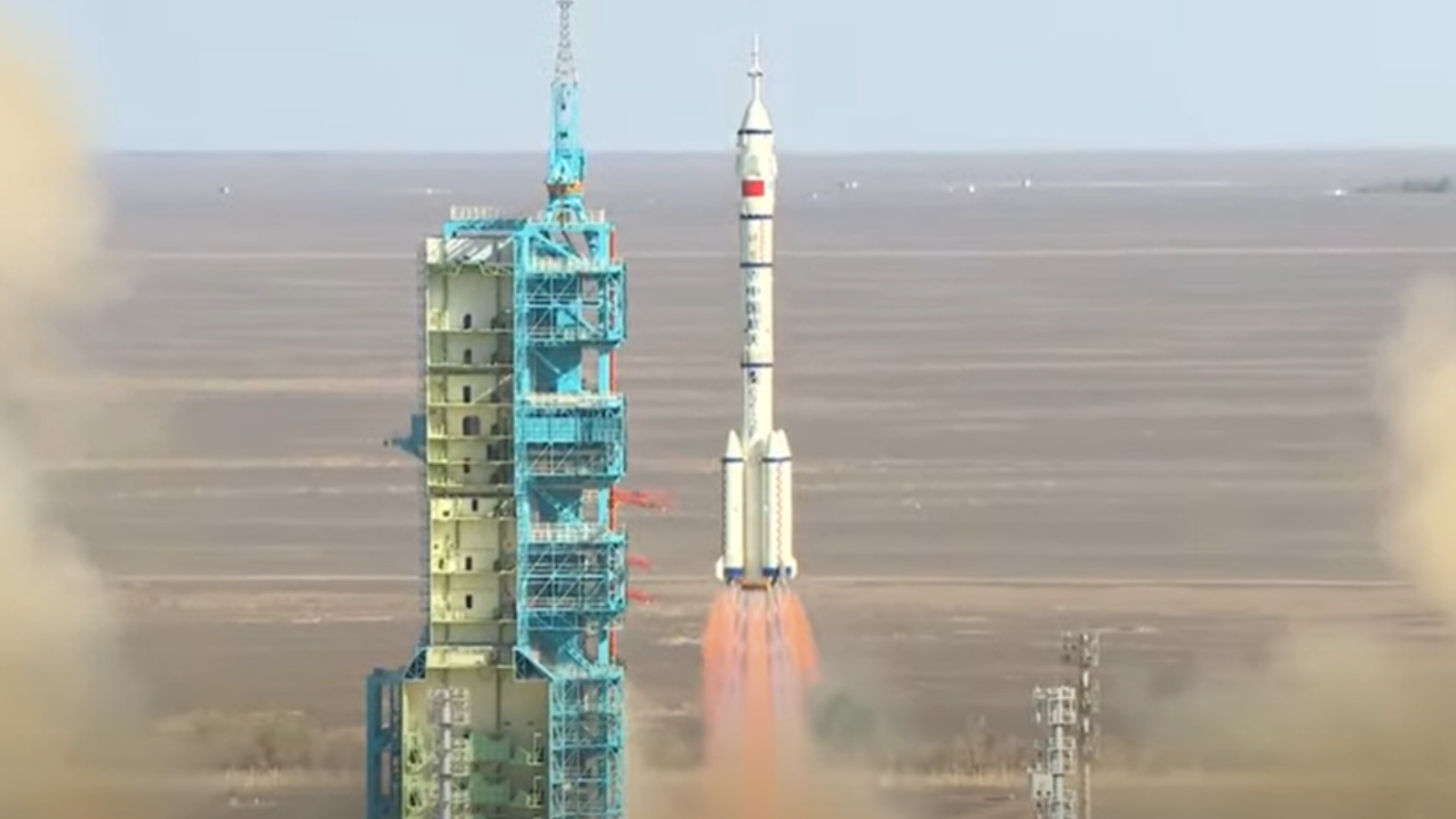Starship Mars rocket met 'every major objective' on epic Flight 10 test launch, SpaceX says
"Starship’s tenth flight test provided valuable data by stressing the limits of vehicle capabilities and providing maximum excitement along the way."

The Starship megarocket passed its latest launch trial with flying colors, according to SpaceX.
Starship, the biggest and most powerful rocket ever built, launched from SpaceX's Starbase site in South Texas at 7:30 p.m. EDT (2330 GMT) on Tuesday (Aug. 26), kicking off the vehicle's 10th-ever test mission.
Flight 10 was eventful and ambitious. Starship met the challenge, "taking a significant step forward in developing the world’s first fully reusable launch vehicle," SpaceX wrote in a post-launch update on Tuesday night. "Every major objective was met, providing critical data to inform designs of the next generation Starship and Super Heavy."
As that update notes, Starship — which consists of the Super Heavy booster and Starship (or simply Ship) upper stage — is designed to be fully and rapidly reusable.
SpaceX thinks that characteristic, combined with the rocket's unprecedented brawn, will allow humanity to settle Mars — a long-held dream of company founder and CEO Elon Musk.
The road had been a bit rocky for Starship lately, however. On its most recent three test flights, which launched in January, March and May of this year, SpaceX lost the upper stage prematurely. On the January and March missions (Flight 7 and Flight 8), Ship exploded less than 10 minutes after liftoff, and on the May launch (Flight 9), it broke apart upon reentry to Earth's atmosphere.
And another Ship was lost in a test-stand explosion this past June while it was being prepped for Flight 10, forcing SpaceX to get another vehicle ready for the mission.
Breaking space news, the latest updates on rocket launches, skywatching events and more!
But things went well on Tuesday for Ship. The vehicle survived its journey to space and back intact, making a soft, controlled splashdown in the target zone in the Indian Ocean, off the coast of Western Australia, 66.5 minutes after launch. (Well, mostly intact; the rigors of reentry did liberate some chunks of Ship's base. And the vehicle exploded shortly after hitting the water, but that was pretty much expected.)
SpaceX had stacked the deck against Ship on Flight 10 as well, removing some of its heat-shield tiles for research purposes.
"Starship was able to gather data on the performance of its heat shield and structure as it was intentionally stressed to push the envelope on vehicle capabilities," SpaceX wrote in the post-flight update.
Ship notched some major milestones before splashdown, too. It successfully deployed payloads (eight dummy versions of SpaceX's Starlink broadband satellites) — something that had never been done before on a Starship flight.
In addition, the upper stage briefly re-ignited one of its engines in space, demonstrating a capability that will be required on operational flights. Flight 10 marked just the second time this had been done on a Starship mission.
Starship Die Cast Rocket Model Now $47.99 on Amazon.
If you can't see SpaceX's Starship in person, you can score a model of your own. Standing at 13.77 inches (35 cm), this is a 1:375 ratio of SpaceX's Starship as a desktop model. The materials here are alloy steel and it weighs just 225g.
Super Heavy did well on Tuesday, too. After separating from the upper stage, the booster navigated its way to its splashdown zone in the Gulf of Mexico.
Super Heavy did this on Flight 9 as well but broke apart shortly after firing up its engines for the landing burn. On Flight 10, however, the booster stuck the landing.
"The booster descended and successfully initiated its landing burn, intentionally disabling one of its three center engines during the final phases of the burn and using a backup engine from the middle ring," SpaceX wrote in Tuesday night's update. "Super Heavy entered into a final hover above the water before shutting down its engines and splashing down into the water."
That intentional engine knockout should make future versions of Super Heavy more capable, according to the company.
"Over the course of a flight test campaign, success will continue to be measured by what we are able to learn, and Starship’s tenth flight test provided valuable data by stressing the limits of vehicle capabilities and providing maximum excitement along the way," SpaceX wrote.

Michael Wall is a Senior Space Writer with Space.com and joined the team in 2010. He primarily covers exoplanets, spaceflight and military space, but has been known to dabble in the space art beat. His book about the search for alien life, "Out There," was published on Nov. 13, 2018. Before becoming a science writer, Michael worked as a herpetologist and wildlife biologist. He has a Ph.D. in evolutionary biology from the University of Sydney, Australia, a bachelor's degree from the University of Arizona, and a graduate certificate in science writing from the University of California, Santa Cruz. To find out what his latest project is, you can follow Michael on Twitter.
You must confirm your public display name before commenting
Please logout and then login again, you will then be prompted to enter your display name.

